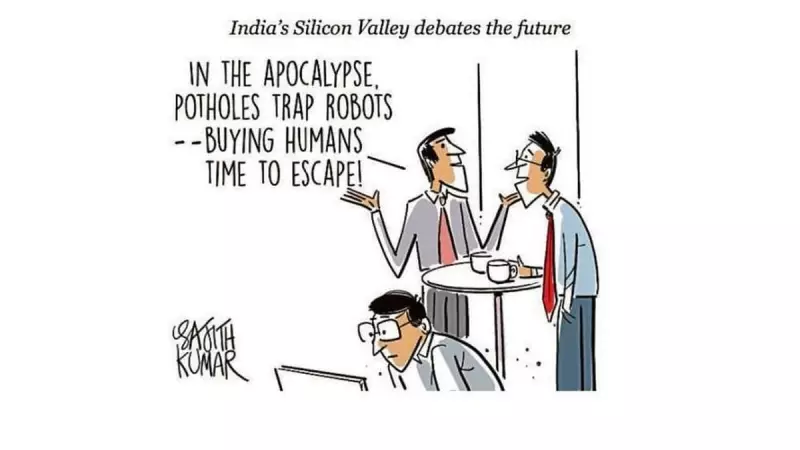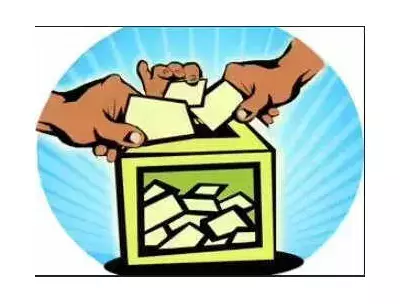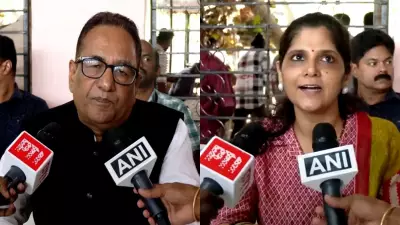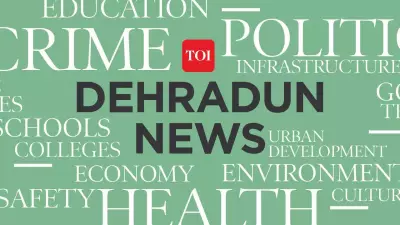
Imagine navigating through what feels like a post-apocalyptic wasteland just to reach your office or drop your kids at school. For millions of Indians, this isn't science fiction—it's their daily reality thanks to the ever-growing army of potholes invading the nation's roads.
The situation has reached such absurd proportions that commuters now need the driving skills of professional rally drivers combined with the strategic planning of military generals. What should be simple journeys have transformed into life-threatening adventures where vehicles dance, dip, and dive around crater-sized potholes.
The Real Cost of Crumbling Infrastructure
Beyond the obvious vehicle damage and spine-rattling experiences, these road craters represent a much deeper problem. They're not just inconveniences—they're symptoms of a larger infrastructure crisis affecting urban mobility, economic productivity, and public safety.
The monsoon season amplifies this crisis exponentially, turning what were minor road imperfections into gaping chasms that swallow tires whole. Each rainfall washes away another layer of temporary fixes, revealing the shoddy workmanship beneath.
A Nation's Silent Endurance Test
What's most remarkable is how citizens have adapted to this urban obstacle course. Drivers have developed sixth senses for detecting potholes, while passengers have learned to hold on tight during particularly rough patches. The collective sigh of relief when navigating a particularly bad stretch successfully has become a unifying national experience.
Yet this adaptation comes at a cost—normalizing what should be completely unacceptable road conditions. The constant swerving and sudden braking create traffic chaos, while the physical toll on both vehicles and human bodies continues to mount.
Beyond the Satire: A Cry for Action
While political cartoons and social media memes provide comic relief, the underlying message is deadly serious. Proper road infrastructure isn't a luxury—it's a fundamental requirement for public safety and economic growth.
The pothole pandemic represents more than just poor maintenance; it reflects systemic issues in planning, execution, and accountability. Until these deeper problems are addressed, millions will continue their daily dance with danger on India's crumbling roads.





